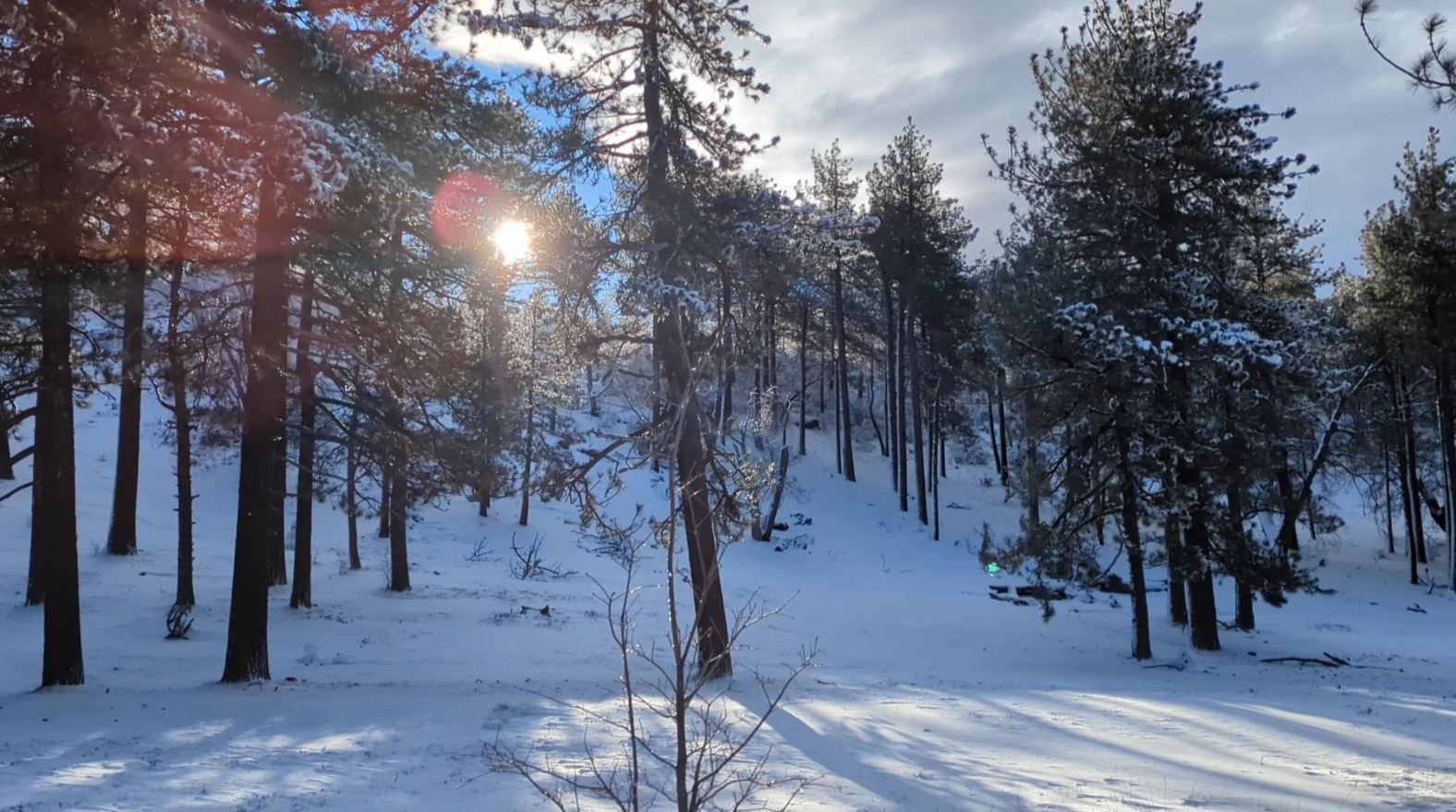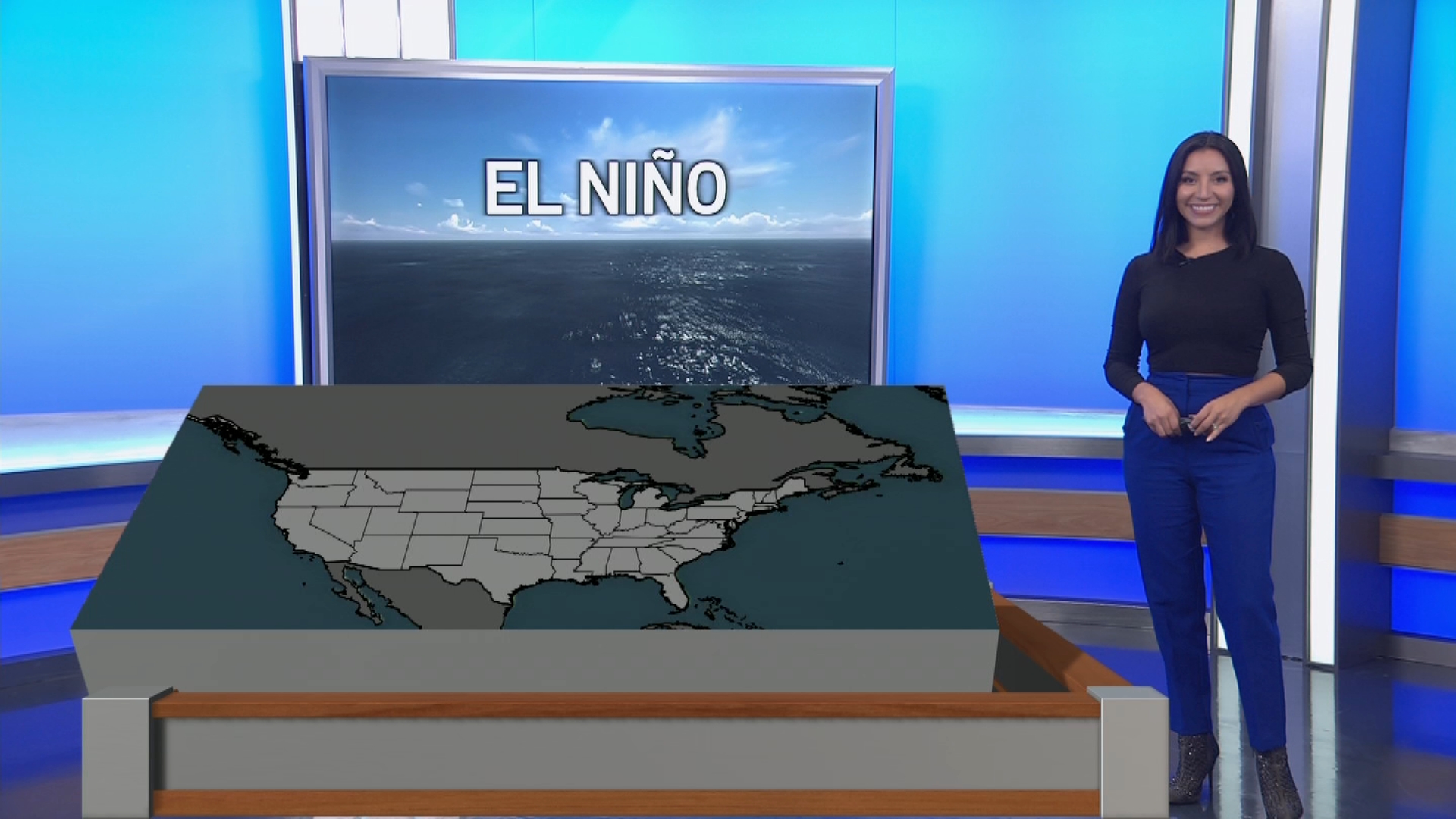The National Oceanic and Atmospheric Administration is forecasting a wetter winter across most of the West Coast, but what does that mean for San Diego’s coastline?
Dr. Patrick Abbott is a professor emeritus of geology at San Diego State University. He says San Diego’s coastline is no stranger to erosion. With an El Niño pattern in place, there’s potential there could be more of it and at greater magnitudes.
“Well, these kinds of things happen year-round,” Abbott said, talking about landslides and cliff collapses from coastal erosion.
More San Diego weather content:
Get top local stories in San Diego delivered to you every morning. Sign up for NBC San Diego's News Headlines newsletter.
It was evident at Torrey Pines State Beach on Wednesday.
“Here’s a little one right here right close to us,” Abbott pointed out. “But if we look down the beach there, 150 yards or so, we see people standing around it. Look at the size of those blocks there.”
So, why during an El Niño year could we see more of this activity on our coast? Reports show we already have.
A USGS report found that winter beach erosion was up by 75% for the West Coast during the 2015-2016 El Niño pattern, which included Southern California.
”With a typical El Niño storm track for San Diego, if we have more of the jet stream, more of the storms coming ashore,” Abbott said. “If they go over warmer water, it’s easier to pick up more water vapor, thus feeding more energy, more moisture into the storm, giving them more power and heavier rain.”
According to NOAA, those warmer ocean temperatures can significantly influence our weather patterns.
“These larger waves associated with the bigger storms — they can come in and attack the base of the cliff bigger, which means the landslides, the cliff failures, can also be larger,” Abbott said.
Meantime, NOAA’s winter outlook shows San Diego could expect normal rain conditions. That’s according to National Weather Service San Diego senior meteorologist Alex Tardy who says the city would generally get around 9-and-a-half inches of rain under that forecast.
Abbott says more rain on top of ground that is already saturated could lead to greater potential for erosion and load up the landscape.
At the same time, outlooks can change.
“The potential is greater, but that doesn’t mean it will be realized," he said.



